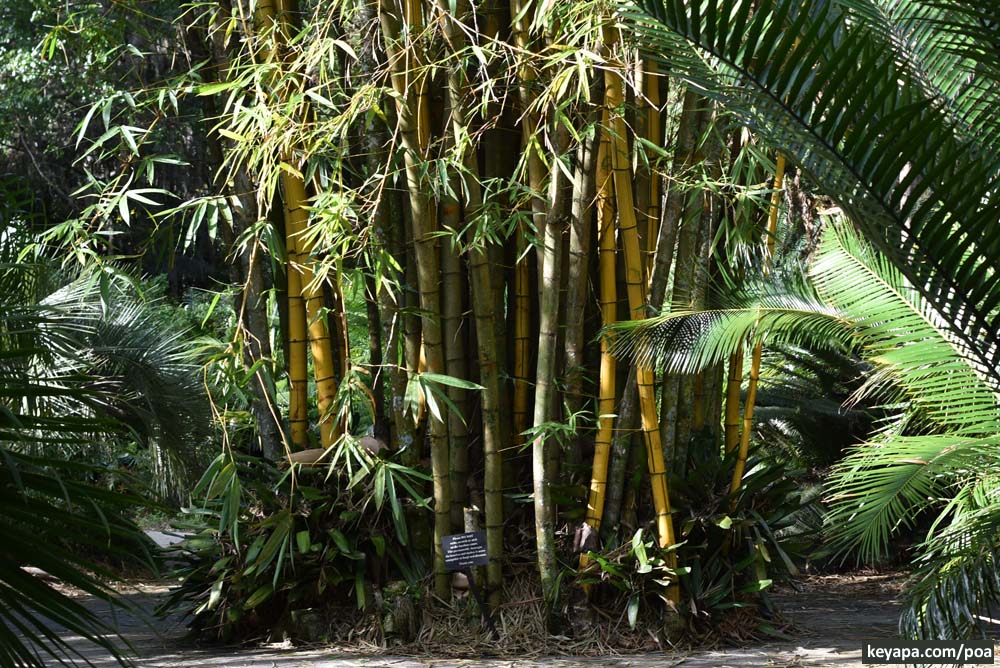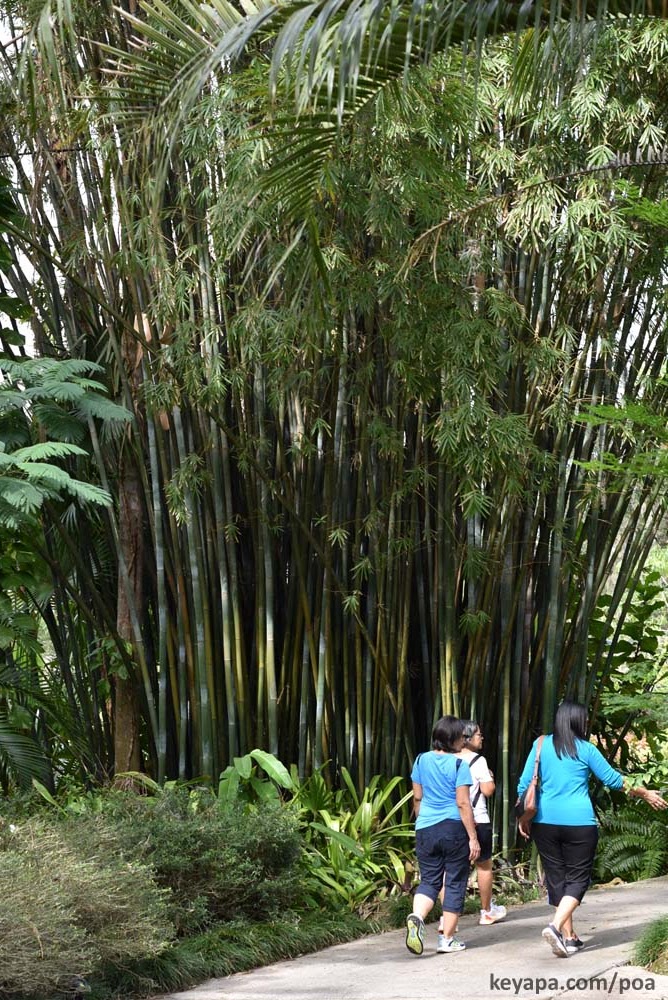
Pandas are iconic animals that are well known and beloved around the world. They are bears from the family Ursidae, and are endemic to China. But unlike the other members of the taxon, they subsist mainly on bamboo shoots and leaves, even though their teeth and digestive systems are geared towards a meat-eating (carnivorous) diet. In fact, they even lack cellulose-digesting bacteria in their gut, something which herbivores require to efficiently break down plant material, so it has always been a mystery why they confine themselves to eating mainly bamboo.

Earlier this year, researchers discovered the possible reason for this paradox (Tan et al, 2025). They fed the pandas shoots and leaves from 3 different bamboos (Phyllostachys bissetii, Phyllostachys sulphurea, and Chimonobambusa quadrangularis), and found that the blood of pandas that they tested contained many different kinds of miRNA that were likely derived from the bamboo that they had eaten.
miRNA or micro-RNA is a type of genetic material related to the more well-known messenger RNA (mRNA). However, unlike mRNA, which is transcribed to proteins, miRNA works by instead controlling the expression of the genetic message in mRNA. So they can either inhibit their transcription to proteins, or cause the mRNA to be degraded. Either way, they thus suppress whatever message is in the mRNA.
The researchers decided to take a look at how the miRNA might affect the pandas physiologically and behaviorally and found out that they are involved in various pathways, including growth and development, biological rhythms, behavior, and immune responses.

But more interestingly, the miRNAs also seemed to be involved in controlling the smell, taste, and dopamine pathways of giant pandas. These are all related to the feeding habits of the animals, and so these miRNA might be actively influencing the food preferences of the pandas, making bamboos more attractive to the animals. It might even help the pandas extract more calories from bamboo, which is nutritionally poor.
The pandas survive on such a diet mainly because they eat lots of bamboo (12-38 kg of bamboo per day!), but also because they lead a very lazy lifestyle, using only 38% of the calories typical of animals their size (Yonggang Nie et al, 2015). Nevertheless, potential negatives for the panda are many, and include chronic GIT (gastrointestinal) distress with symptoms including abdominal pain, loss of appetite and the excretion of mucous stools (mucoids). All these negatively affect the health of giant pandas (Williams et al, 2016).

Why bamboos co-opted pandas by pumping them full of bamboo genetic material might be puzzling at first. People immediately wondered about the advantages of being eaten in some of the forums I read. The paper itself does not address this question, but my feeling is that such thinking is animal-centric and ignores the fact that plants are modular critters, and that what may at first seem very disadvantageous to us, might in reality be a big positive for a plant. Unlike most animals, losing parts of itself is not necessarily a death sentence to many plants, and especially grasses. For example, in tropical grasslands, grasses can be part of a grazing guild and have evolved to benefit from moderate grazing.
In the case of bamboos, these grasses are famous for having unusual flowering patterns, which are rare and usually synchronous events that might only occur every few decades, or even centuries! Thus, the opportunity for bamboos to spread in any significant way are hindered by their reproductive habits, and I am thinking that the relationship between bamboos and pandas might be related to this handicap. By co-opting a living thing that can actively move, perhaps the problem of the bamboo has been partially solved.
This is because the ability of pandas to digest bamboo is so bad that intact pieces of bamboo shoots are often found in the animal stool (Xue et al, 2015). These intact pieces of shoot can regenerate an entire bamboo, perhaps far away from the original grass. In this way, bamboos have solved the problem of dispersal by using the more mobile pandas to do the transport for them.
Literature Cited
Tan H, Wang C, Li F, Peng Y, Sima J, Li Y, Deng L, Wu K, Xu Z and Zhang Z (2025) Cross-kingdom regulation of gene expression in giant pandas via plant-derived miRNA. Front. Vet. Sci. 12:1509698. doi: 10.3389/fvets.2025.1509698
Williams CL, Dill-McFarland KA, Vandewege MW, Sparks DL, Willard ST, Kouba AJ, Suen G, Brown AE (2016). Dietary Shifts May Trigger Dysbiosis and Mucous Stools in Giant Pandas (Ailuropoda melanoleuca). Front Microbiol. May 6;7:661. doi: 10.3389/fmicb.2016.00661. PMID: 27199976; PMCID: PMC4858621.
Xue Z, Zhang W, Wang L, Hou R, Zhang M, Fei L, Zhang X, Huang H, Bridgewater LC, Jiang Y, Jiang C, Zhao LPang X, Zhang Z. (2015). The Bamboo-Eating Giant Panda Harbors a Carnivore-Like Gut Microbiota, with Excessive Seasonal Variations. mBio 6:10.1128/mbio.00022-15. https://doi.org/10.1128/mbio.00022
Yonggang Nie et al. (2015). Exceptionally low daily energy expenditure in the bamboo-eating giant panda.Science 349,171-174.DOI:10.1126/science.aab2413

Leave a Reply